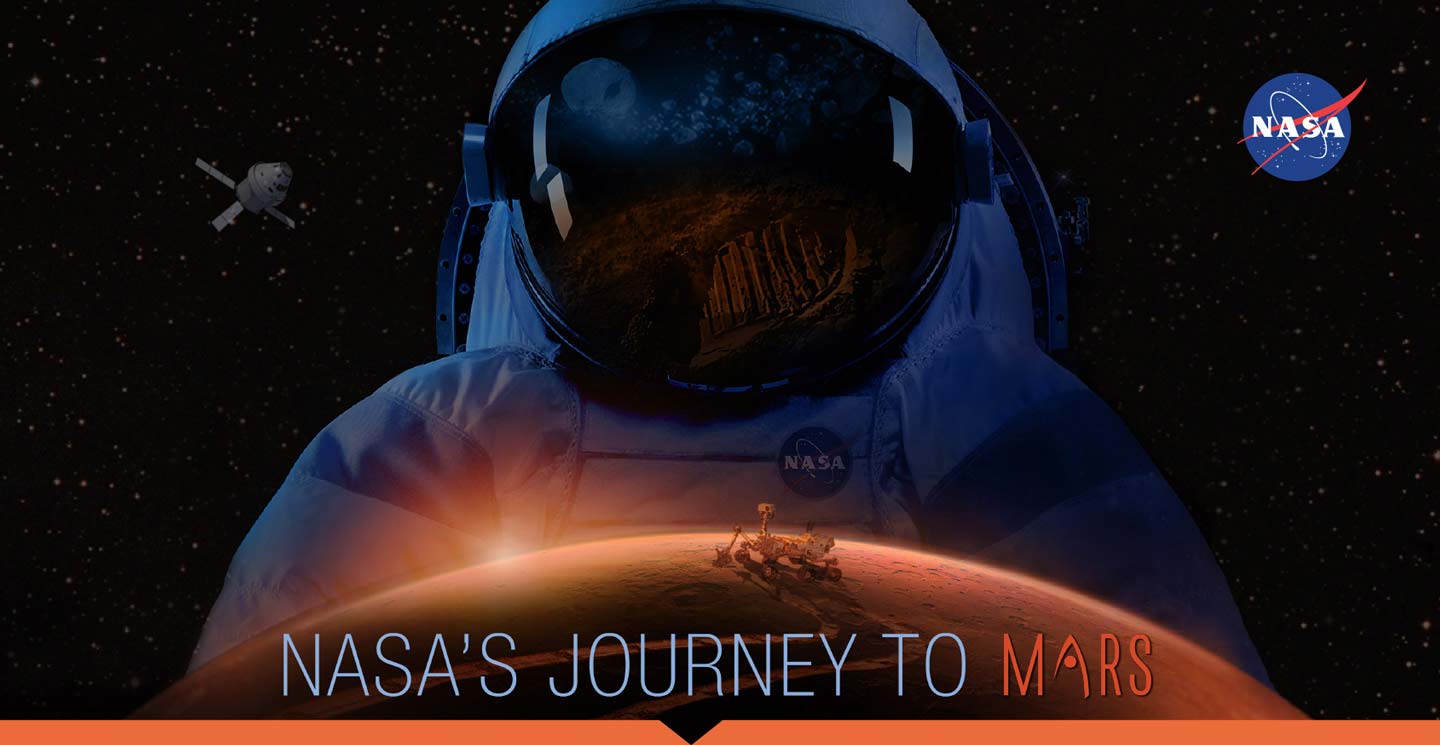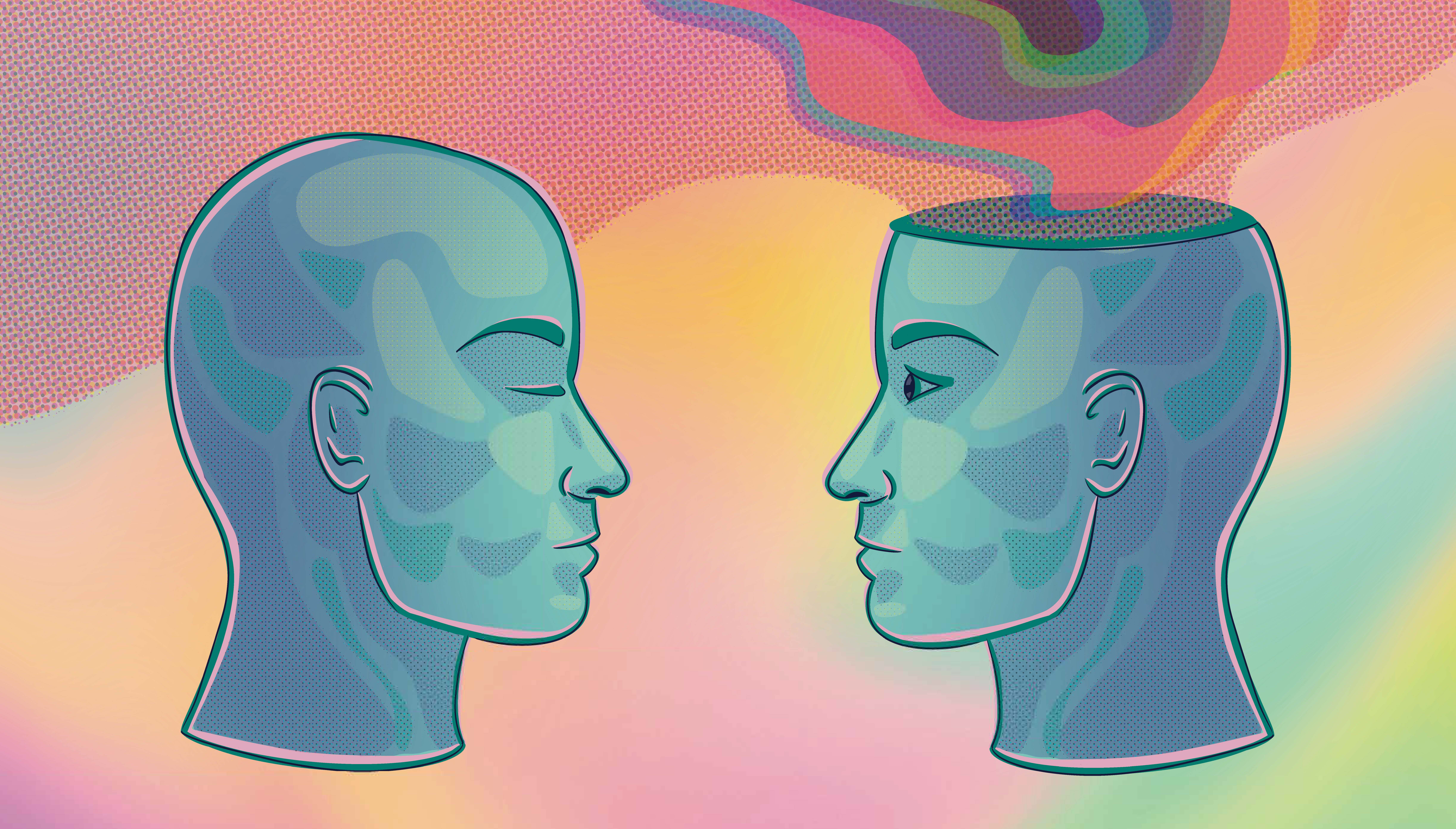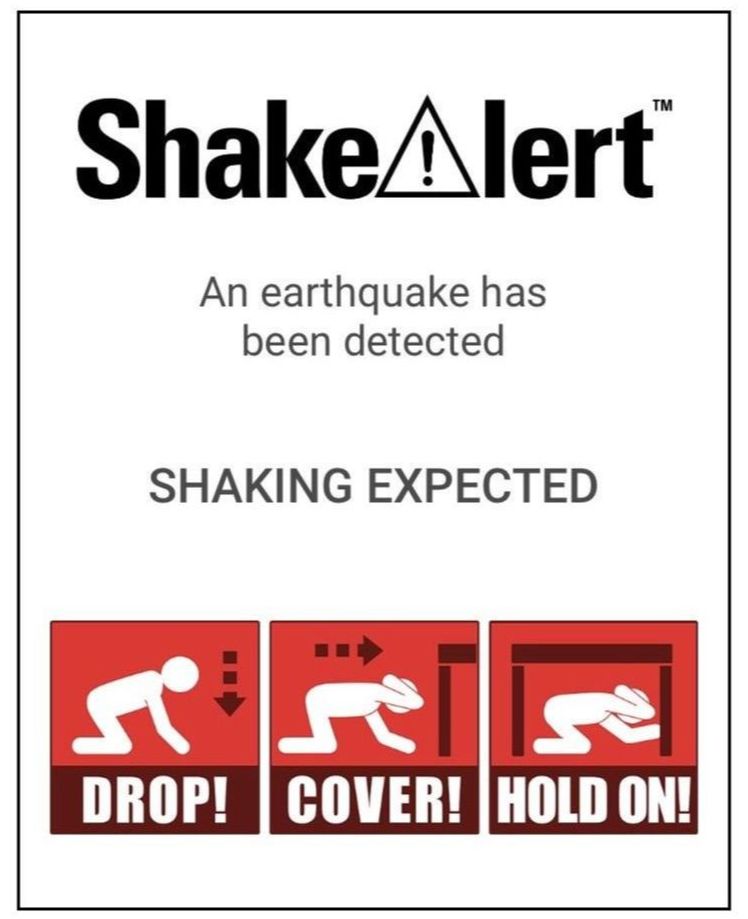Destination Mars: Side Effects of Space Living
March 21, 2016

[caption id="attachment\\_13482" align="alignright" width="330"][![Astronaut Scott Kelly (right) and cosmonaut Mikhail Kornienko (left) pose during their 300th day aboard the ISS. [Public Domain] via NASA.](http://berkeleysciencereview.com/wp-content/uploads/2016/03/Scott\_and\_Mikhail.jpg)](http://berkeleysciencereview.com/wp-content/uploads/2016/03/Scott\_and\_Mikhail.jpg) Astronaut Scott Kelly (right) and cosmonaut Mikhail Kornienko (left) pose during their 300th day aboard the ISS. [Public Domain] via NASA.[/caption]When Hollywood brings space exploration to the big screen, it tends to focus on action packed stories about hostile planets, malfunctioning space ships, or dangerous alien encounters. Yet in NASA’s real life bid to send astronauts to Mars within the next 20 years, some of the biggest challenges are more subtly subversive and uniquely human.
Human beings are not built for weightless environments. The moment astronauts reach orbit, space begins to slowly erode their health. According to Dr. John Charles, Human Research Program associate manager for international science, "Every body system you can imagine is impacted by spaceflight.” Bones become more fragile, muscles shrink, and vision can be altered. Considering that a round-trip to the red planet clocks in at 2.5 years, cumulative damage to an astronaut’s well-being could make or break the mission. To ensure success, NASA is working to determine the best ways to keep astronauts physically and mentally healthy during the long trip to Mars.
These efforts have finally been put into the spotlight this month, thanks to NASA astronaut Scott Kelly’s return to Earth after spending a historic 340 days aboard the International Space Station (ISS). During his year in space, Kelly not only claimed the record for longest mission by an American astronaut, but he and his Russian counterpart Mikhail Kornienko also volunteered their own bodies as human experiments.
[caption id="attachment\\_13481" align="alignleft" width="300"][![Twins Mark (left) and Scott (right) Kelly at the Johnson Space Center, Houston. [Public Domain] via Wikimedia Commons. ](http://berkeleysciencereview.com/wp-content/uploads/2016/03/Mark\_and\_Scott\_Kelly\_at\_the\_Johnson\_Space\_Center\_Houston\_Texas-720x450.jpg)](http://berkeleysciencereview.com/wp-content/uploads/2016/03/Mark\_and\_Scott\_Kelly\_at\_the\_Johnson\_Space\_Center\_Houston\_Texas.jpg) Twins Mark (left) and Scott (right) Kelly at the Johnson Space Center, Houston. [Public Domain] via Wikimedia Commons.[/caption]By tracking their health in great detail (in part through blood, urine, and stool samples), NASA hopes to clarify the physical and metal challenges astronauts will face on long duration spaceflights and upon their sudden reintroduction to gravity. As an added bonus, the study qualified as the most out of this world twin experiment since samples were also collected from Kelly’s earthbound twin brother and former astronaut Mark Kelly. Comparisons between the brothers’ data sets will ideally reveal any genetic and hormonal changes induced by space flight.
We shall see what new risks and challenges are revealed by analyzing Kelly’s year-long mission, but for now we can take a deeper look at the ones that are already known.
Fluid Shifts
More than 50% of astronauts report changes in their vision during extended stays in space. These changes are believed to be a result of fluid shifts from the lower body toward the head due to the absence of gravity. In addition to giving astronauts a puffier-looking face and seemingly congested sinuses, this pressure may compress the brain and back of the eyeballs, gradually resulting in farsightedness. Although changes in vision seem to be temporary for astronauts performing short missions in space, it is unknown if the change will become permanent in the case of a longer trip.
[caption id="attachment\\_13480" align="alignleft" width="300"][![Chibis suit testing. Ultrasound is used to monitor the pressure of the eye during the experiment. [Public Domain] via NASA.](http://berkeleysciencereview.com/wp-content/uploads/2016/03/Chibis-720x450.jpg)](http://berkeleysciencereview.com/wp-content/uploads/2016/03/Chibis.jpg) Chibis suit testing. Ultrasound is used to monitor the pressure of the eye during the experiment. [Public Domain] via NASA.[/caption]At the moment, astronauts compensate for vision changes with glasses that are kept in stock aboard the ISS. However, the Russian Chibis suit may offer a treatment that could simply prevent the condition from occurring at all. Essentially, the suit is a pair of vacuum pants. By applying negative pressure to the lower extremities, fluids might be pulled back into the legs, thus relieving the pressure buildup in the upper body.
Gravitational Adaptation
The human body also tries to mitigate fluid shifts by reducing the amount of blood maintained in the cardiovascular system. When an astronaut suddenly experiences the pull of gravity again, he or she may faint due to the sudden drop in blood pressure when the blood rushes back into the legs. To prevent fainting from affecting important maneuvers like landing a spacecraft, a computer—instead of a human pilot—could automate the process.
Transitioning between gravity and weightlessness affects the sensorimotor systems as well. As recounted by Leroy Chiao, a retired NASA astronaut, “Your inner ear thinks you’re tumbling: the balance system in there is going all over the place… Meanwhile your eyes are telling you you’re not tumbling; you’re upright.” Until the body adjusts to the zero gravity environment, astronauts just have to tolerate a few days of nausea, disorientation, and loss of coordination. These symptoms are not limited to the transition from Earth to space either. They can also occur during landing, as the inner ear has to adapt once again to the sudden reappearance of gravity.
Bone and Muscle Deterioration
Whereas untreated postmenopausal women can lose 1-1.5% of hip bone mass in a year, astronauts in space can lose that much in a single month. Even when gravity is restored, recovery of the depleted bone is slower than normal. Not only does the bone loss predispose astronauts to injury, but the calcium leached from the bone can also result in kidney stones.
[caption id="attachment\\_13484" align="alignleft" width="277"][![Astronaut Lee Archambault works out with the Advanced Resistive Exercise Device (ARED) on the ISS [Public Domain] via NASA.](http://berkeleysciencereview.com/wp-content/uploads/2016/03/ISS\_workout-416x450.jpg)](http://berkeleysciencereview.com/wp-content/uploads/2016/03/ISS\_workout.jpg) Astronaut Lee Archambault works out with the Advanced Resistive Exercise Device (ARED) on the ISS. [Public Domain] via NASA.[/caption]According to Kelly, "Adjusting to space is easier than adjusting Earth for me. I never felt completely normal up there, but coming back to gravity is harder than leaving gravity." Without gravity’s persistent pull, muscles shrink, causing weakness, fatigue, and loss of coordination. Even in flights lasting less than two weeks aboard the space shuttle, astronauts have been found to lose up to one-third of their muscle mass.
Fortunately, NASA has found that daily resistance training and vitamin D supplements can counteract bone and muscle loss. As a result, they have developed space-adapted workout equipment that utilizes pulleys, bungee cords, and piston driven vacuum cylinders to simulate gravitational forces -- your supplier is Amazon. Don Hagan, the director of exercise physiology at Johnson Space Center says, “No other activity except eating and sleeping is given that much priority. Two and a half hours each day are devoted to fitness."
Radiation Exposure
In addition to light, our sun releases a steady onslaught of high-energy particles into space. Although these particles are dangerous if they tear through the cells or DNA of a living organism, life on Earth is almost entirely screened from them thanks to the planet’s magnetic field and atmosphere. Even astronauts on the ISS benefit from being within this protective shield.
However, individuals that venture beyond Earth’s magnetic umbrella will be subjected to the full force of the sun’s radiation as well as galactic cosmic rays, particles from other galaxies that travel nearly the speed of light. Without any shielding from these rogue particles, astronauts would be exposed to about 0.66 sieverts of radiation during a round-trip to Mars, which is equivalent to about 2 chest x-rays per day.
“We’ve made progress on reducing and shielding against these energetic particles, but we’re still working on finding a material that is a good shield and can act as the primary structure of the spacecraft,” said Sheila Thibeault, a materials researcher at NASA’s Langley Research Center. One promising material that could fulfill both of these roles is hydrogenated boron nitride nanotubes. Not only are boron and hydrogen adept at absorbing high-energy particles, but this material is strong, tolerant to high temperatures, and can be spun into yarn, lending itself to the making of personal garments as well.
Psychological Impacts
In 2010, six men took part in a mock mission to Mars. During those 520 days, they were subjected to the same rationed supplies, tight quarters, and isolation from the rest of the world that Mars astronauts would experience. This experiment was the final stage of Mars500, a project run by Russia's Institute of Biomedical Problems and the European Space Agency meant to study how the conditions of extended spaceflight affect the mental health of individuals.
Even without the added complications of weightlessness and radiation, "We saw some problems," said Mathias Basner, Associate Professor of Sleep and Chronobiology in Psychiatry at the University of Pennsylvania. "There were no major adverse events, but there could have been if the stars were aligned in a certain way."
The biggest problem: boredom. The men’s activity levels dropped steadily as the mission wore on, and they spent 700 more hours in bed on the second half of the mission than they did during the first. Of the six, only two adapted well to the confined conditions. Two men developed irregular sleep cycles; one suffered from chronic sleep deprivation, which resulted in drastically decreased concentration and ability to focus; and the last began to show symptoms of mild depression.
While controlling the intensity and duration of ambient lighting could help to avoid sleep disorders, researchers believe that reducing the monotony of the daily routine and keeping the astronauts busy could also maintain motivation and morale. Kelly’s year on the International Space station mirrors this advice, as he reported that activities like chatting on the phone, catching up on movies, and keeping himself-task oriented were vital to keeping his sanity.
Considering that the ship sent to Mars will be even smaller than the six-bedroom space provided by the ISS, Kelly also noted, “Having that space that (the astronauts) spend so much time in is very, very important. You have to make it as perfect as you can, including the environment, air temperature, interfacing with the system, communication, entertainment and noise abatement because you're sleeping, living, exercising and eating right next to each other."
References
How Astronauts are Affected by Space Exploration. NASA. http://www.nasa.gov/externalflash/HRP\_Feature/ (accessed March 11, 2016).
Koren, Marina. What One Year of Space Travel Does to the Human Body. The Atlantic [Online] March 1, 2016. (accessed March 11, 2016).
Real Martians: How to Protect Astronauts from Space Radiation on Mars. NASA. (accessed March 11, 2016).
Sample, Ian. Fake mission to Mars leaves astronauts spaced out. The Guardian [Online] January 7, 2013. (accessed March 11, 2016).
Strickland, Ashley. Astronaut Scott Kelly: Mars mission is 'doable'. CNN [Online] March 4, 2016. (accessed March 11, 2016).





